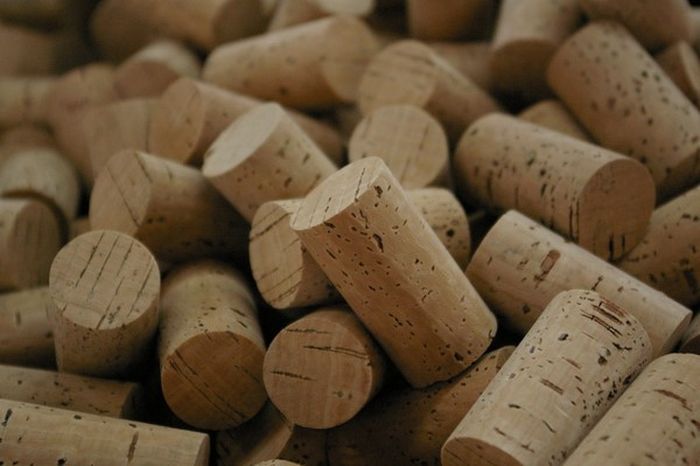|
|
Quercus Suber, Cork Oak, Spain
|
It grows to up to 20 m, although it is typically more stunted in its native environment. The leaves are 4 to 7 cm long, weakly lobed or coarsely toothed, dark green above, paler beneath, with the leaf margins often downcurved. The acorns are 2 to 3 cm long, in a deep cup fringed with elongated scales.
Ecology
Natural stands of cork oak can support diverse ecosystems. For example, in parts of northwestern North Africa, some cork oak forests are habitat to the endangered Barbary Macaque, Macaca sylvanus, a species whose habitat is fragmented and whose range was prehistorically much wider. In Western Europe, namely in Portugal and Spain, the cork oak forests are home to endangered species such as the Iberian Lynx, the most critically threatened feline in the world. The tree has a thick, insulating bark that may have been the cork oak's evolutionary answer to forest fires. After a fire, while many of the other tree species merely regenerate from seeds (as, for example, the maritime pine) or resprout from the base of the tree (as, for example, the Holm oak) the cork oak branches, protected by cork, quickly resprout and recompose the tree canopy. The quick regeneration of the tree seems to be an advantage compared to other species that, after a fire, return to an initial stage of development.
|
|









